Don't wanna be here? Send us removal request.
Text





/ Todaiji /
Todaiji – A physical model of the temple grounds, including the main gate, made of wood and approximately 100 years old.
Todaiji – A physical model of the main hall, with the window at the eye level of the Great Buddha open.
Todaiji – New Year's Eve 2025 – Once a year, on New Year's Eve, the upper window is opened, allowing people to see the Buddha's face and vice versa. The temple is open to visitors free of charge, and a large procession enters through the main gate (as opposed to the regular ticketed entry on other days, which is through the side). The gate is positioned so that the Buddha’s face is revealed only after entering, heightening the sense of a special moment.
[same as above]
Daibutsu (The Great Buddha).
0 notes
Text







/ A narrow garden /
The intricacy of Japanese architecture and landscaping is at its best in this house in Kyoto. Within a gap of less than half a meter wide between the neighboring buildings someone managed to create a whole world, a micro-universe with s stone & moss garden, and a pine tree, graciously fitting itself in the narrow space.
1 note
·
View note
Text




/ Drawn by Light /
The ingenious combination of translucent and clear glass in this 'Light House' signage. Name of the housing complex, its address and architect are the only areas of clear glass in this large translucent glass panel, letting the daylight passing through it draw the letters on the white stone walls behind the sign.
#ae_inspiration#design#signage#signage design#light and shadow#tokyo#japan#minimal design#japanese design
0 notes
Text






/ Light and Shadow /
Translucent milky glass panels envelope a small garden. At night, strategically positioned landscape up-lights paint patterns of light and shadow on the glass, animating it with moving floral patterns.
1 note
·
View note
Text




/ Overgrown /
Untamed and overgrown landscape of a canal splitting off Tama River near Noborito Station in Tokyo. The trees above the canal are Sakura trees, turning the canal area with its wooden decks right above the water into prime hanami (sakura appreciation, often paired with a picnic) spots.
Noborito, Tokyo
5 notes
·
View notes
Text
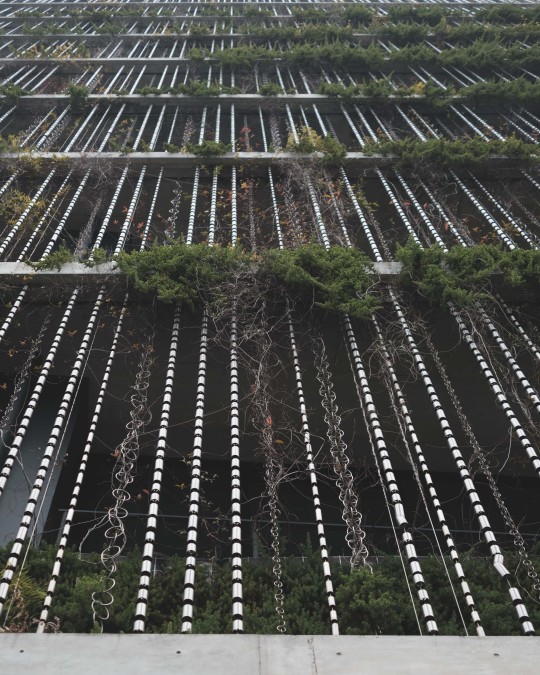
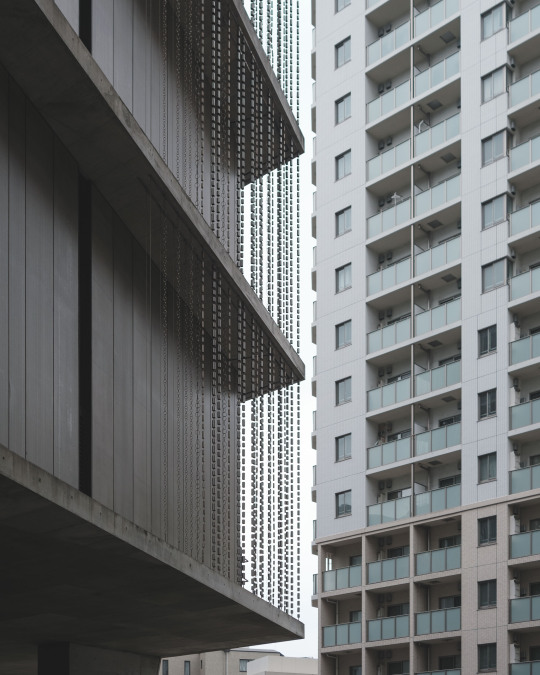
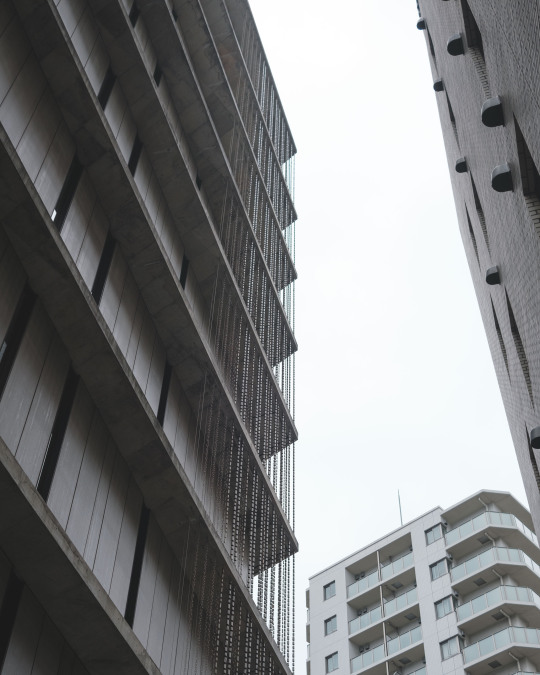
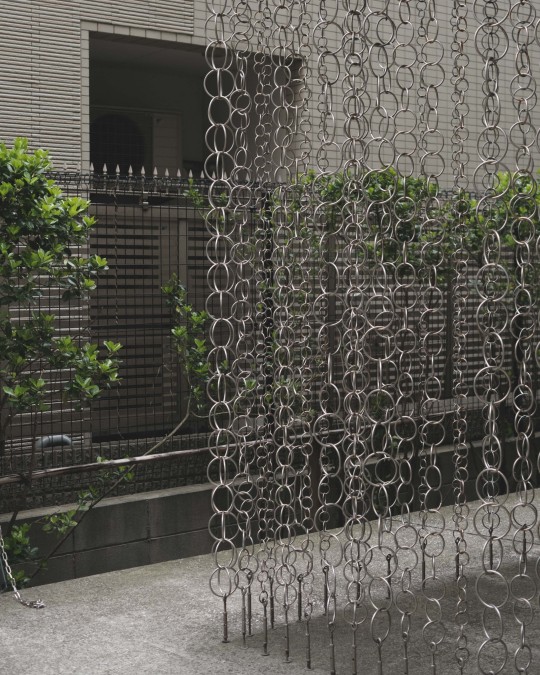

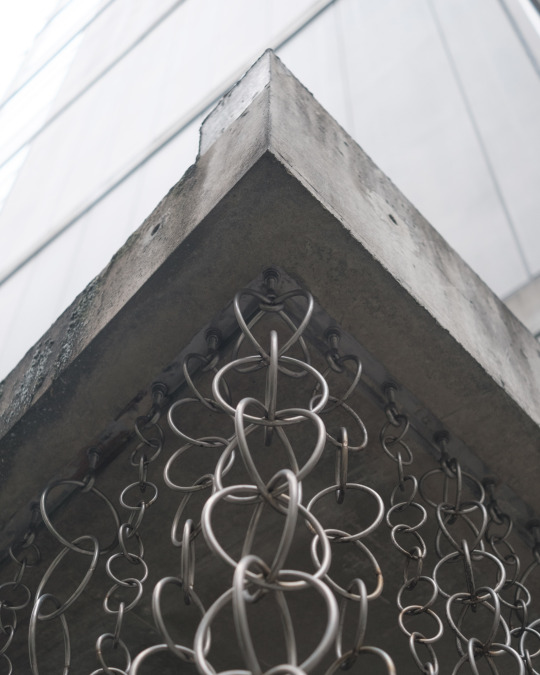

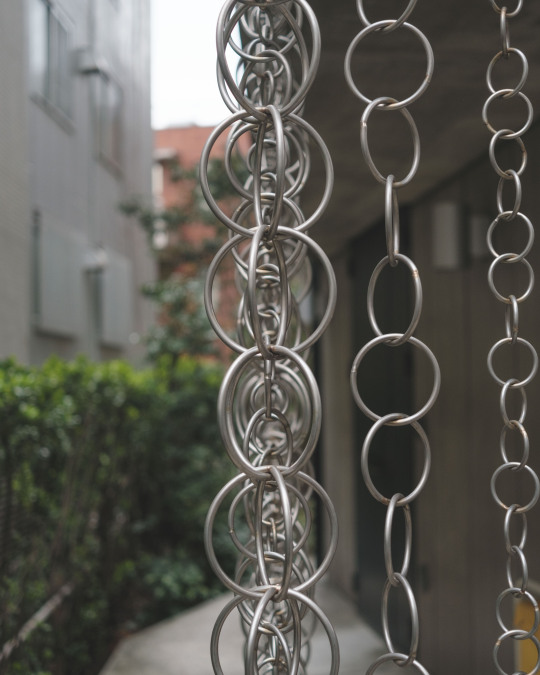
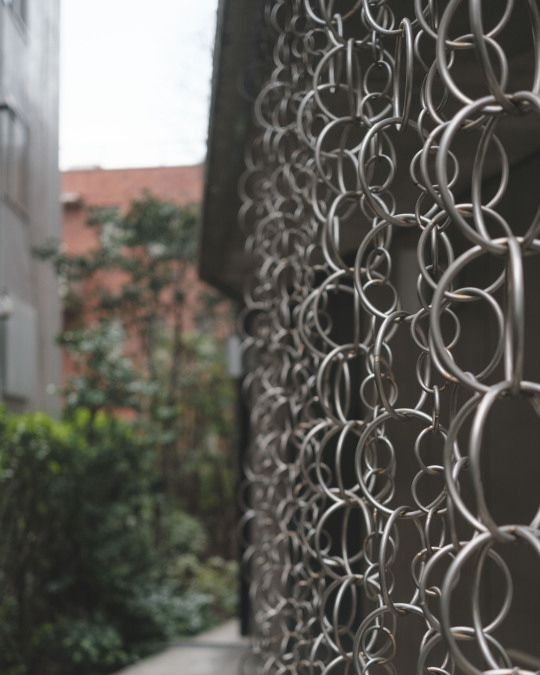
/ Rain Screen /
Rain chains are traditional elements of Japanese architecture. Located at the edges of roof eaves in houses and other buildings, they direct the rain water from the gutter down through the ingenious geometries of the metal rain chains. Instead of falling haphazardly and splashing around, the water is directed down graciously, filtered through the rain-chain into a meditative rhythm of rain drops. In the Kyosai Building by Nikken Sekkei, the assembly of rain chains create an ornate and soft curtain-like screen on the main facades of the building, as well as around its technical entrance.
CO-OP Kyosai Building in Kita-Sando, Tokyo. Design by Nikken Sekkei (Tatsuya Hatori)
3 notes
·
View notes
Text






/ Walk the land /
Natural stepping stones gently integrate themselves with the grassy fields and guide your path through the garden. Preserving the natural beauty of random shapes and sizes, they create natural curves to support your meandering through a well-curated, yet graciously natural landscape.
Kiyosumi Garden, Tokyo.
0 notes
Text








/ Walk the water /
Natural stones of sizable scale throw themselves across the expanse of water in order to create natural bridges and allow you to seamlessly transition between walking the land and walking the water.
Kiyosumi Garden Tokyo
2 notes
·
View notes